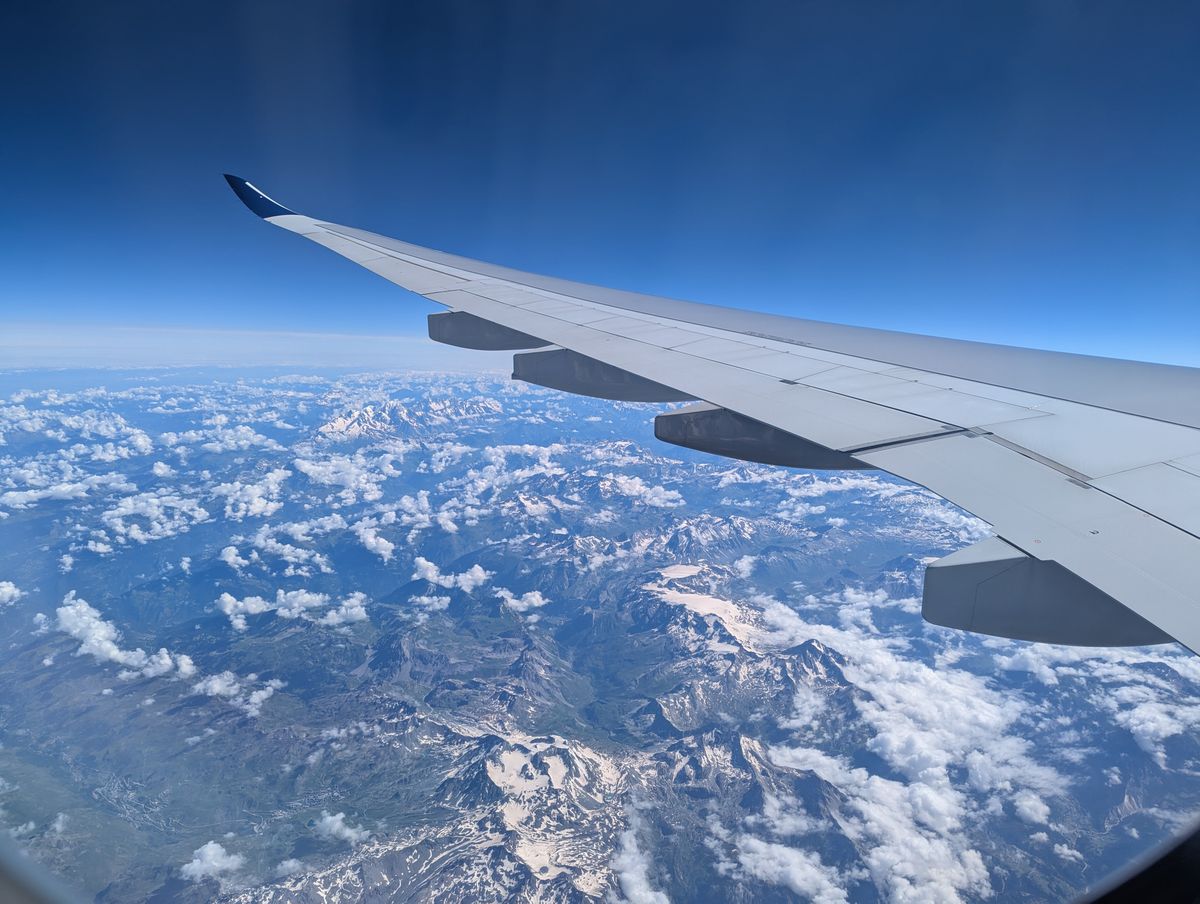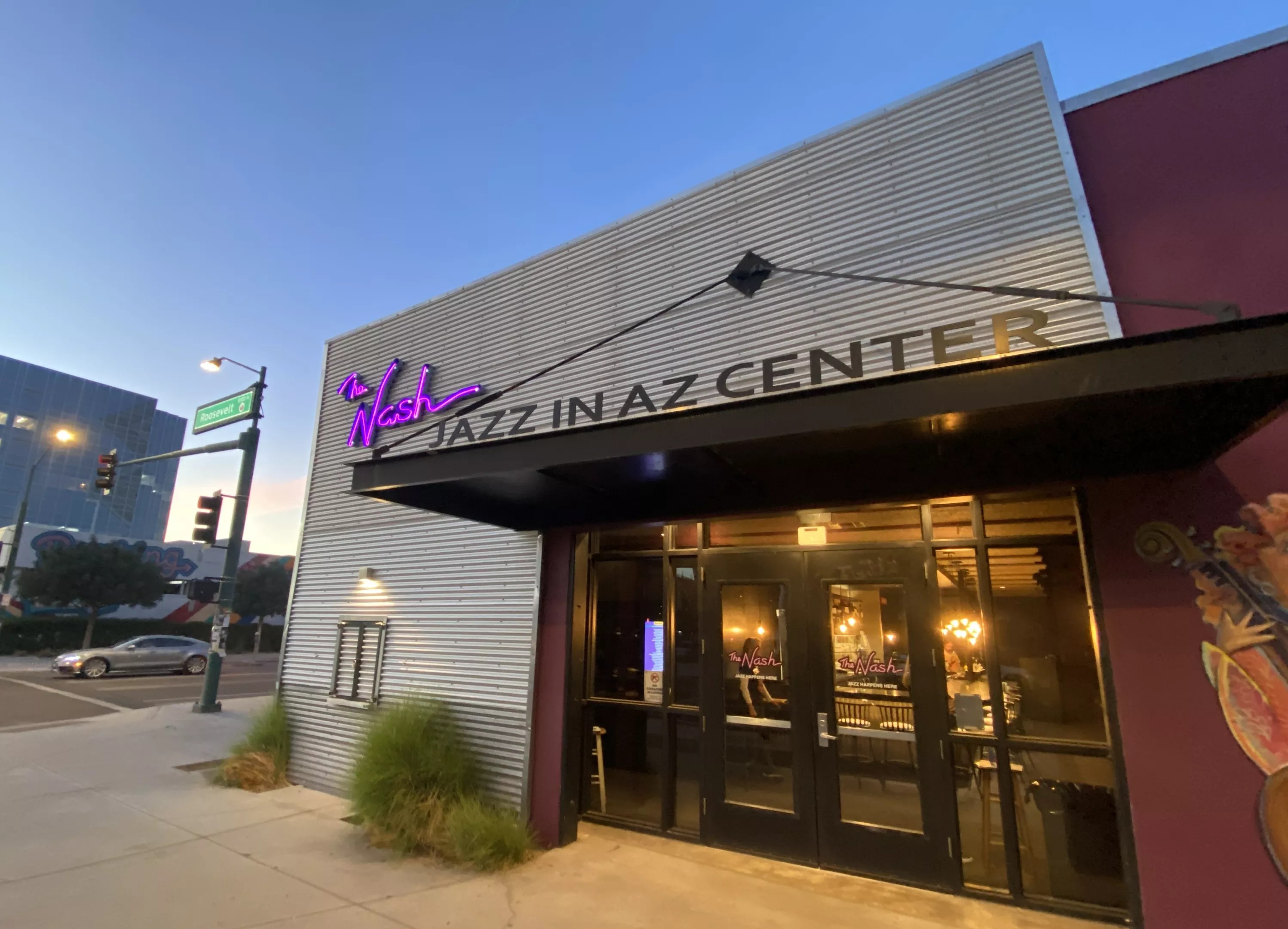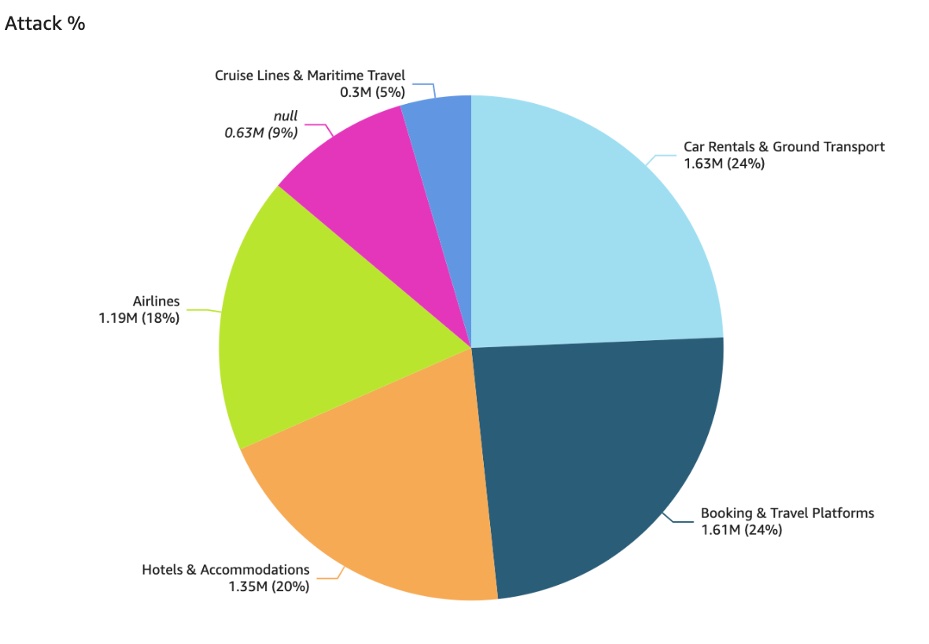Is flying safe? How the industry tries to avert tragedies, crashes
- Despite high-profile incidents, commercial aviation remains incredibly safe.
- Bird strikes, while increasing, rarely result in significant flight disruptions.
- Weather is a constant factor in aviation, but technology and procedures are in place to mitigate risks.
- The U.S. aviation system prioritizes safety through rigorous standards, training, and a collaborative cockpit culture.
Whenever there’s a high-profile aviation incicent like the Jeju Air crash in South Korea on Sunday, many travelers start to wonder if flying remains the safest way to travel.
In short, it does.
“Overall commercial aviation is incredibly safe. You are far safer once you get on the airplane than you are in the car on the way to the airport,” Kristy Kiernan, Associate Director of the Boeing Center for Aviation and Aerospace Safety at Embry-Riddle Aeronautical University told USA TODAY in an email. “It’s understandable that people get nervous when something big like this happens, but aviation remains incredibly safe with numerous redundancies.”
While the cause of Sunday’s crash is still under investigation and likely won’t be determined for some time, early signs indicate a bird strike may have contributed.
Other factors like severe weather are also often implicated in aviation incidents, but experts say the industry is constantly improving its ability to predict and manage hazards to flying.
Here’s what passengers should know about how airlines and regulators are addressing these issues.
How serious are bird strikes?
Bird strikes can and certainly have disabled planes in the past, but a catastrophic bird strike like the one that resulted in the Miracle on the Hudson in 2009 is exceedingly rare. They are increasing slightly, but experts say that may be because airlines are just operating more flights than they used to.
According to Kiernan, only 1.4 flights in every 100,000 experience a bird strike that results in damage, but even those usually only usually have minor consequences for flights.
“Only 5% of bird strikes have a negative effect on the flight, which means that 95% of the time when you strike a bird, there is no consequence to the flight. Even when you hit a bird and it has a consequence for the flight, it’s usually something harmless like an aborted take off at a low speed, a precautionary landing, or something like that,” Kiernan said. “The percentage of strikes that have a negative effect on the flight has actually trended downward.”
How does weather affect flights?
Weather is one of the most common hazards that affects flying every day, but the aviation industry is essentially built on minimizing its risks.
Cancellations and delays are often the result of pilots and air traffic controllers determining that the weather conditions at an airport or along a flight path are outside of the safety envelope, but planes themselves are designed to withstand conditions much worse than those commercial flights ever typically opeate in.
“Weather and turbulence remain important issues in aviation safety. We have ever-improving technology to help us predict and avoid turbulence and bad weather, but it may remains an important issue to focus on,” Kiernan said.
Is turbulence getting worse?
The rate and severity of turbulence is increasing as global temperatures rise, but extreme cases of turbulence remain rare and fatal incidents are all but unheard-of.
Experts across the aviation industry agree that the best way for passengers to stay safe amid amplifying turbulence is to stay buckled up even if the seatbelt sign is off.
“The best thing people can do is keep their seatbelt fastened and pay attention to the flight attendants and the flight crew when they’re given instructions,” Kiernan added.
Is flying safe in the US?
The U.S. aviation system is among the safest in the world, with airlines and regulators maintaining safety as the most important value in the network. Incidents like Sunday’s crash – whether it happens at home or abroad – are studied and used to fine tune the industry’s shared safety playbook.
“U.S. airlines have some of the most rigid pilot hiring standards, some of the most exacting pilot training standards – that also applies to their flight attendants, flight attendants who go through extensive safety training – so the likelihood of something like this happening in the U.S. or many other countries is is very, very small,” Henry Harteveldt, president of Atmosphere Research, a travel industry analytics firm, told USA TODAY.
Harteveldt added that U.S. airlines empower all members of the crew to speak up in the event of safety concerns.
“The first officer has the ability to speak her or his mind to make safety recommendations that they feel are appropriate, which the captain may or may not agree with,” Harteveld said. “It is certainly a much more collaborative working environment in the cockpit on U.S. airlines than it was a long time ago, where the captain’s word was considered God’s. In some countries, you still have that old fashioned culture, where the captain’s word is the word.”
Flight attendants are also highly trained safety professionals, and passengers should always heed their instructions to stay safe.
“Customer service was one day of training out of eight weeks,” Rich Henderson, one of the authors of the blog Two Guys on a Plane, previously told USA TODAY. He said all the rest of their training came down to learning how to respond in different kinds of emergencies.
Contributing: Eve Chen, USA TODAY
Zach Wichter is a travel reporter based in New York. You can reach him at [email protected].
link



:max_bytes(150000):strip_icc()/safety-device-deals-tout-f6ab55e650f34fc08d9ae89a47b13b22.jpg)




